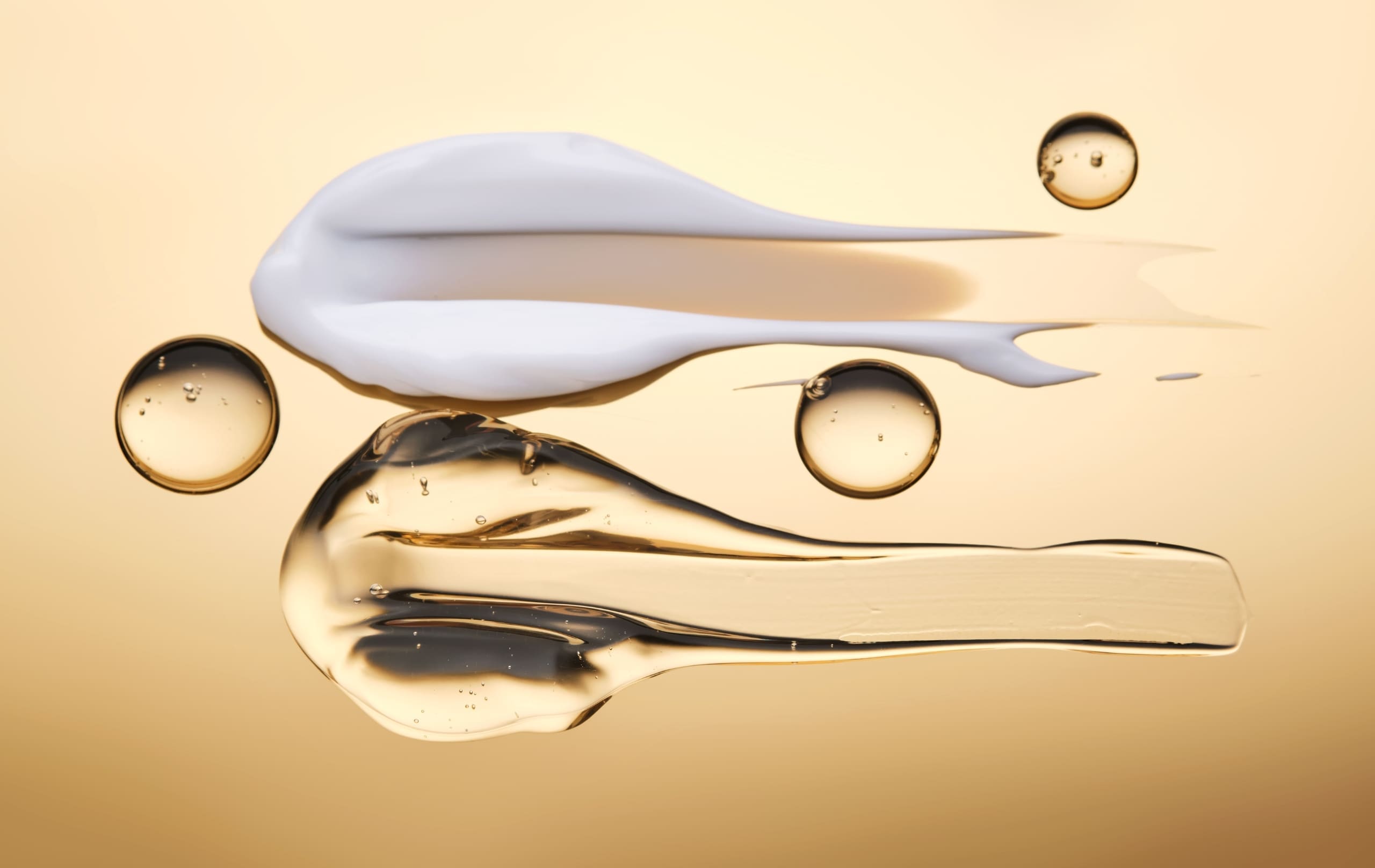On 16 July 2025, the European Commission notified the World Trade Organization (WTO) of a draft amendment to the EU Cosmetics Regulation. This draft amendment – referred to as Omnibus Act 2 – introduces changes to various annexes of the Regulation, following multiple safety assessments conducted by the Scientific Committee on Consumer Safety (SCCS) in recent years.
New conditions for the use of Silver Zinc Zeolite
In 2017, Silver zinc zeolite was added to Annex II, which lists substances prohibited in cosmetic products, under entry 1597, due to its classification as a CMR substance (carcinogenic, mutagenic, or toxic for reproduction) under the CLP (Classification, Labelling and Packaging) Regulation.
However, in response to the diminishing number of effective preservatives in cosmetics, the industry submitted a dossier defending the safe use of silver zinc zeolite as a preservative.
Following its evaluation, SCCS issued an opinion on 21 December 2023, silver zinc zeolite is safe for use in certain cosmetic products under specific conditions. It can only be used in the following product types with a maximum concentration of 1%:
- Spray deodorants
- Powder foundations
Furthermore, the silver content in silver zinc zeolite must not exceed 2.5%.
As a result, silver zinc zeolite has been added to Annex V – the list of permitted preservatives in cosmetic products – subject to the conditions the SCCS outlines. Additionally, Annex II has been updated to reference these conditions, prohibiting the use of the substance if not use under the specific circumstances defined in Annex V.
Amendments to Annexes II and III: new bans and restrictions
The substance Triphenyl Phosphate has been banned under Annex II due to the fact the SCCS could not conclude on its safety, and potential genotoxicity and risk to human health could not be excluded.
Additionally, the Annex III entries concerning zinc acetate, zinc chloride, zinc gluconate, and zinc glutamate (entry 24) citral, geranial, and neral (entry 70), and benzyl salicylate (entry 75) have been amended to include conditions of use specific to the product type.
Finally, new Annex III entries have been added concerning aluminium and aluminium-containing ingredients, with the exception of entries 34, 50, 189, 190, and 192 of Annex III, entries 117, 118, 119, 121, 131, and 150 of Annex IV, and entry 27a of Annex VI.
Additional updates include:
- Vetiveria Zizanioides Root Extract and Vetiveria Zizanioides Root Oil
- HC Blue No. 18
- Hydroxypropyl-p-phenylenediamine and its hydrochloride salt (Hydroxypropyl-p-phenylenediamine 2HCl)
- HC Yellow No. 16
- HC Red No. 18
The full concentration limits per product type can be found in the draft annex to the regulation as notified to the WTO.
Amendment to Annex VI: DHHB
Diethylamino Hydroxybenzoyl Hexyl Benzoate (DHHB) is an approved UV filter in cosmetics and can be used at a maximum concentration of 10% under entry 28 of Annex VI.
However, concerns have emerged about contamination with di-n-hexyl phthalate (DnHexP) during its production.
In a recently published opinion, SCCS assessed that:
- A trace level of 260 ppm DnHexP is safe as unavoidable trace impurity in DHHB
- A lower level of 1 ppm is technically achievable and should be the target.
Nevertheless, due to cost implications, especially for SMEs, and consequently the higher prices of sunscreens products containing DHHB for consumers, the EU Commission and Member States agreed that up to 10 ppm is an acceptable limit.
As a result, the maximum allowable level of DnHexP in DHHB has been set at 10 ppm under the amended entry 28.
Deadline for compliance
Starting 1 January 2027, cosmetic products that contain the substances subject to this regulation and that do not comply with the relevant restrictions or conditions may no longer be placed on the EU market.
From 1 August 2028 non-compliant products containing geranial and neral may no longer be made available on the EU market.
From 1 July 2028, non-compliant products containing the remaining substances regulated by this amendment cannot be made available on the Union market.
Do you have any questions on ingredient bans and restrictions? Contact us.
References
WTO. (2025). Draft Commission Regulation amending Regulation (EC) No 1223/2009 of the European Parliament and of the Council as regards the use of Benzyl Salicylate, Triphenyl Phosphate, Ammonium Silver Zinc Aluminium Silicate, Aluminium, water-soluble zinc salts, Acetylated Vetiver Oil, Citral, HC Blue No. 18, HC Red No. 18, HC Yellow No. 16, Hydroxypropyl pphenylenediamine and its dihydrochloride salt, and DHHB in cosmetic products. Retrieved on 16 July 2025.
WTO. (2025). Draft Annex to Commission Rregulation amending Regulation (EC) No 1223/2009 of the European Parliament and of the Council as regards the use of Benzyl Salicylate, Triphenyl Phosphate, Ammonium Silver Zinc Aluminium Silicate, Aluminium, water-soluble zinc salts, Acetylated Vetiver Oil, Citral, HC Blue No. 18, HC Red No. 18, HC Yellow No. 16, Hydroxypropyl pphenylenediamine and its dihydrochloride salt, and DHHB in cosmetic products.



Leave a Reply